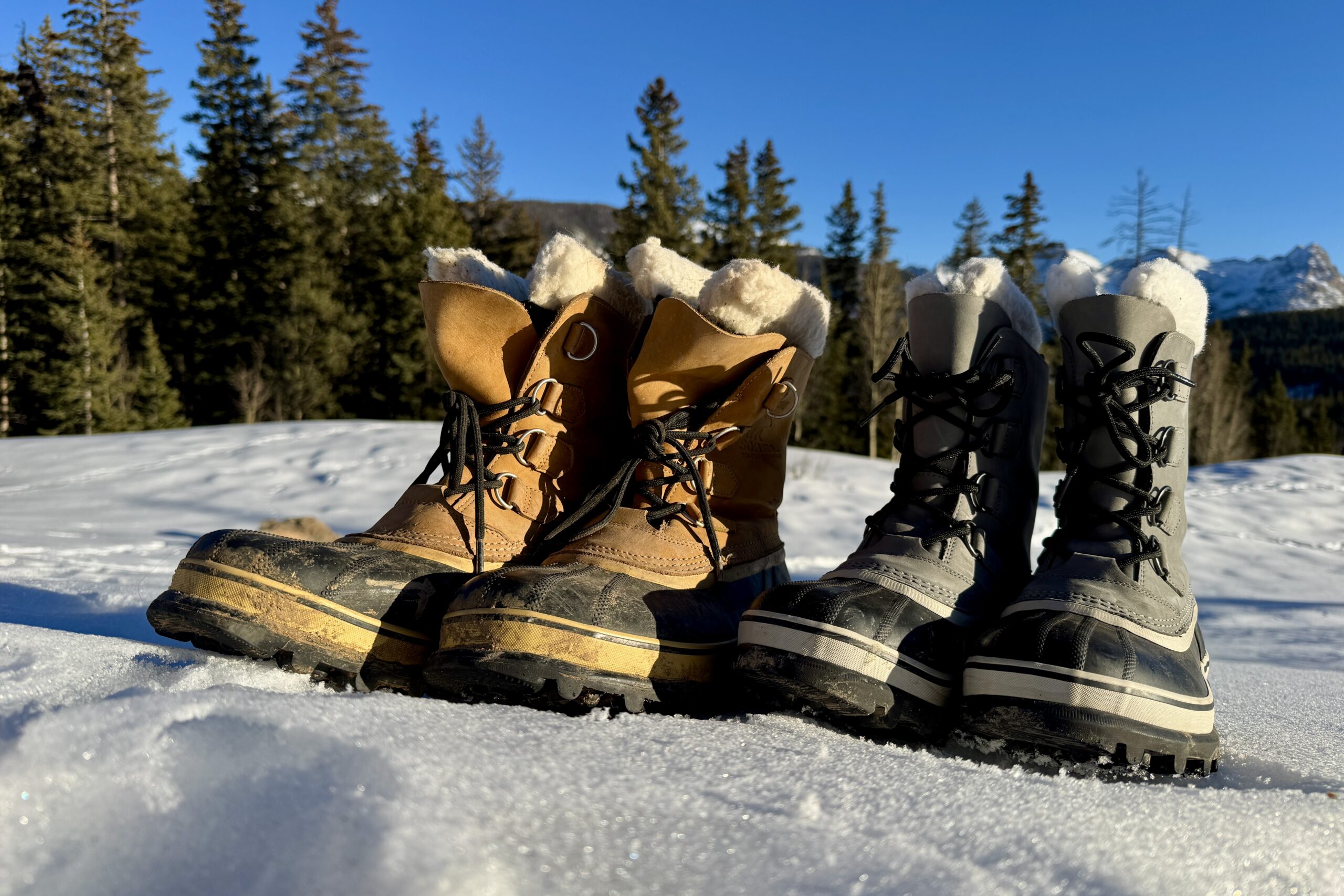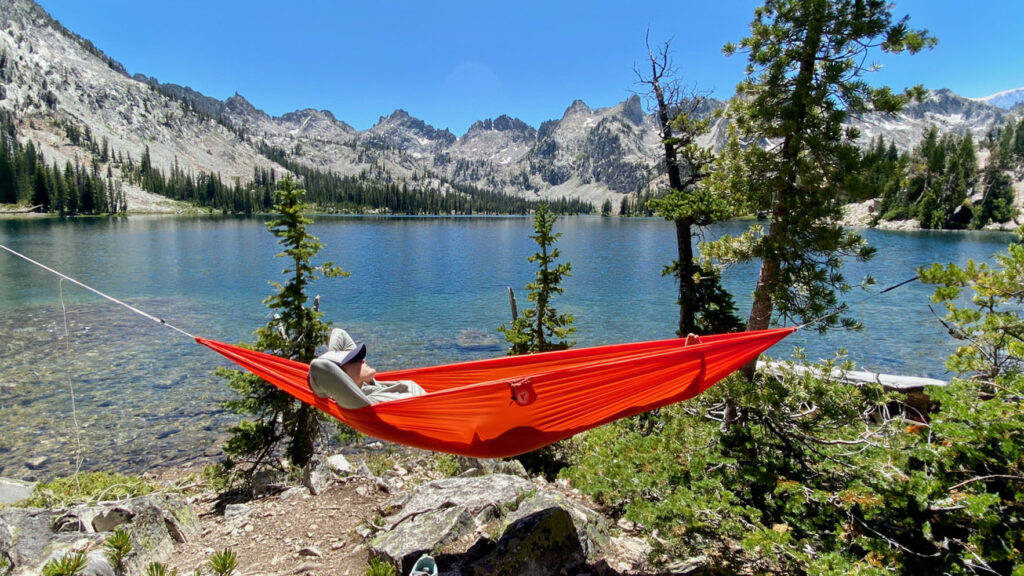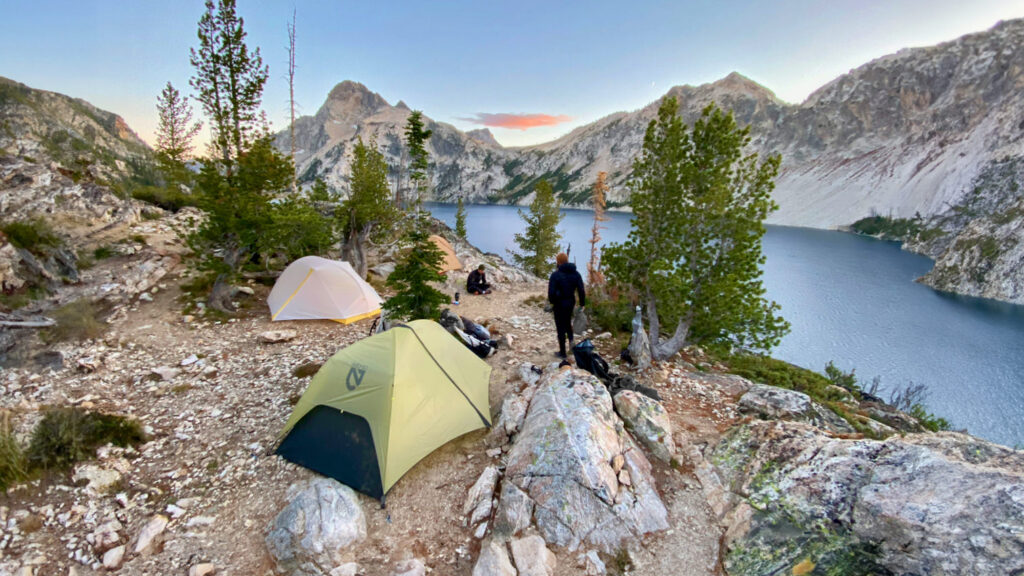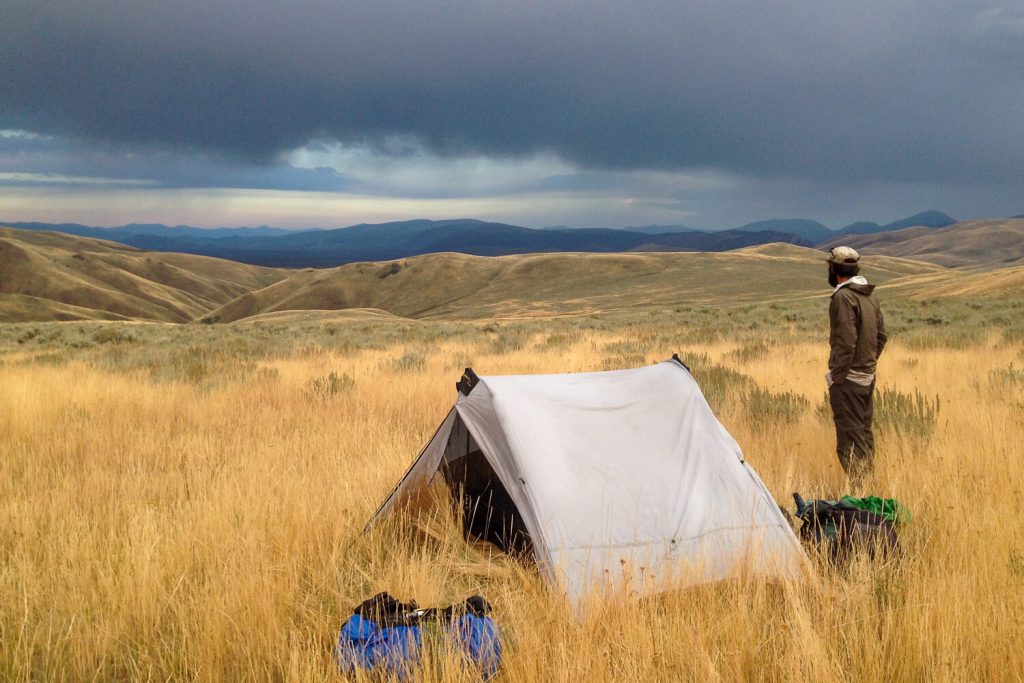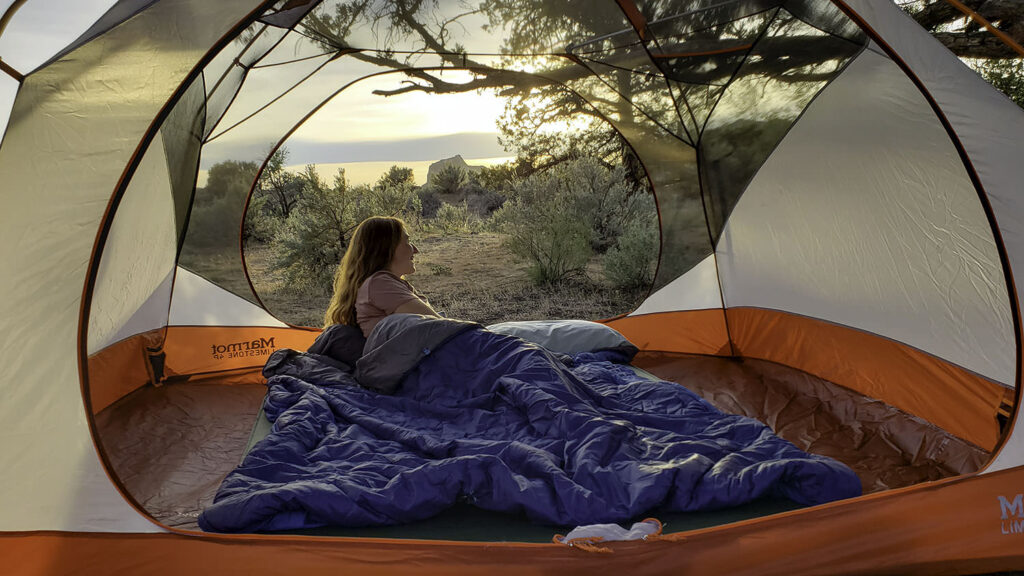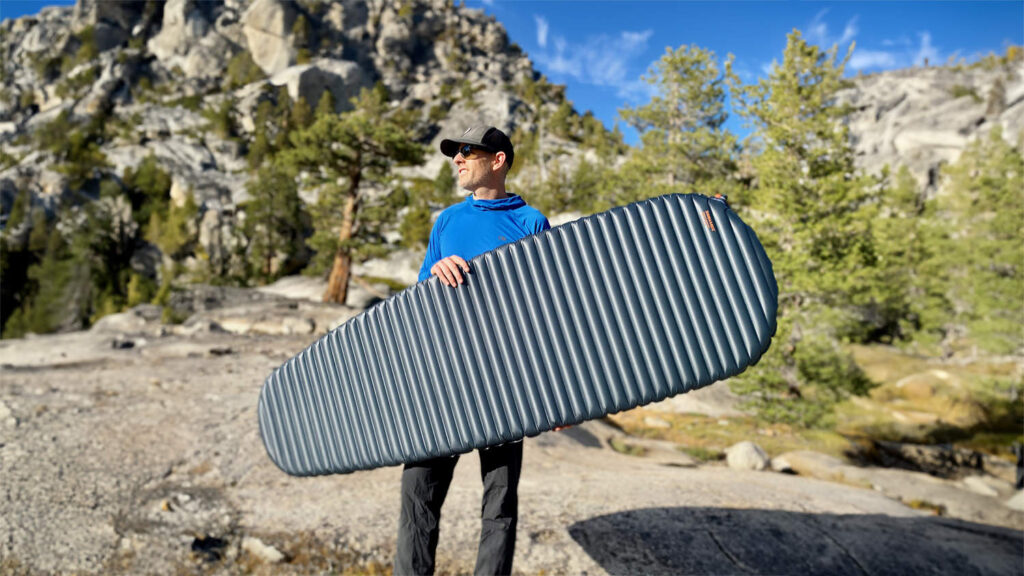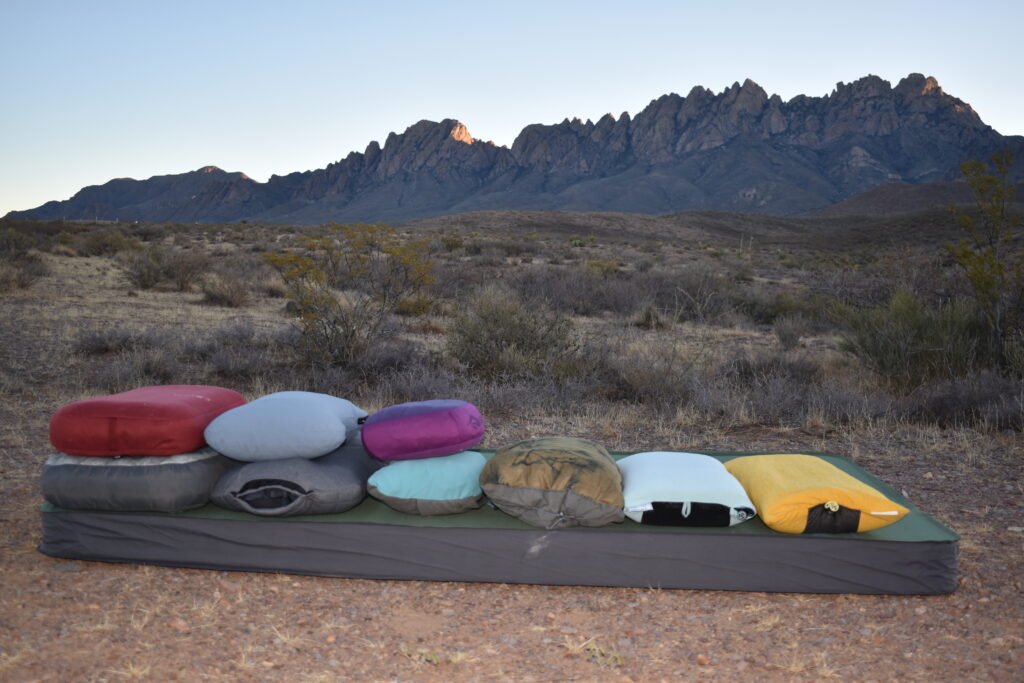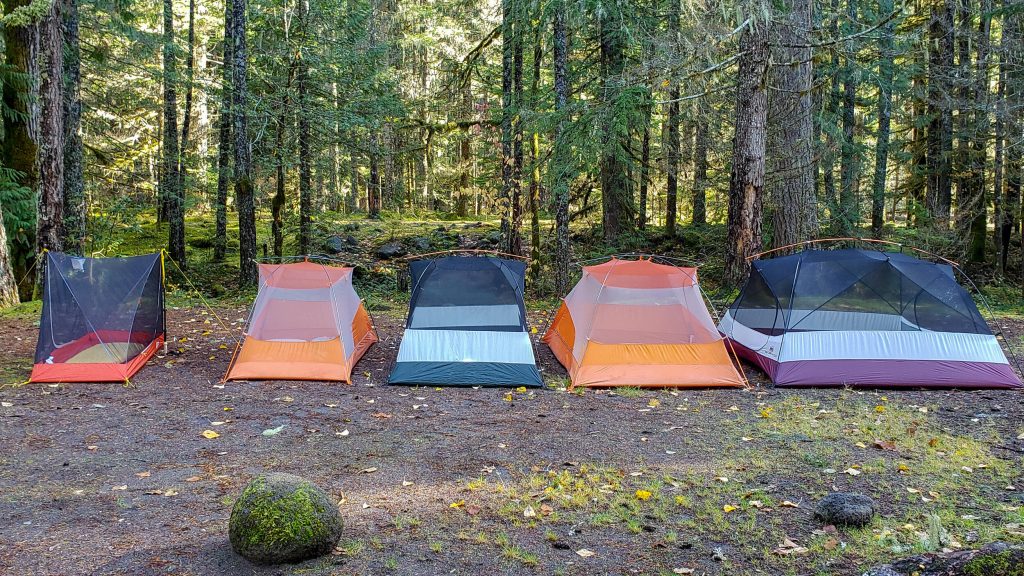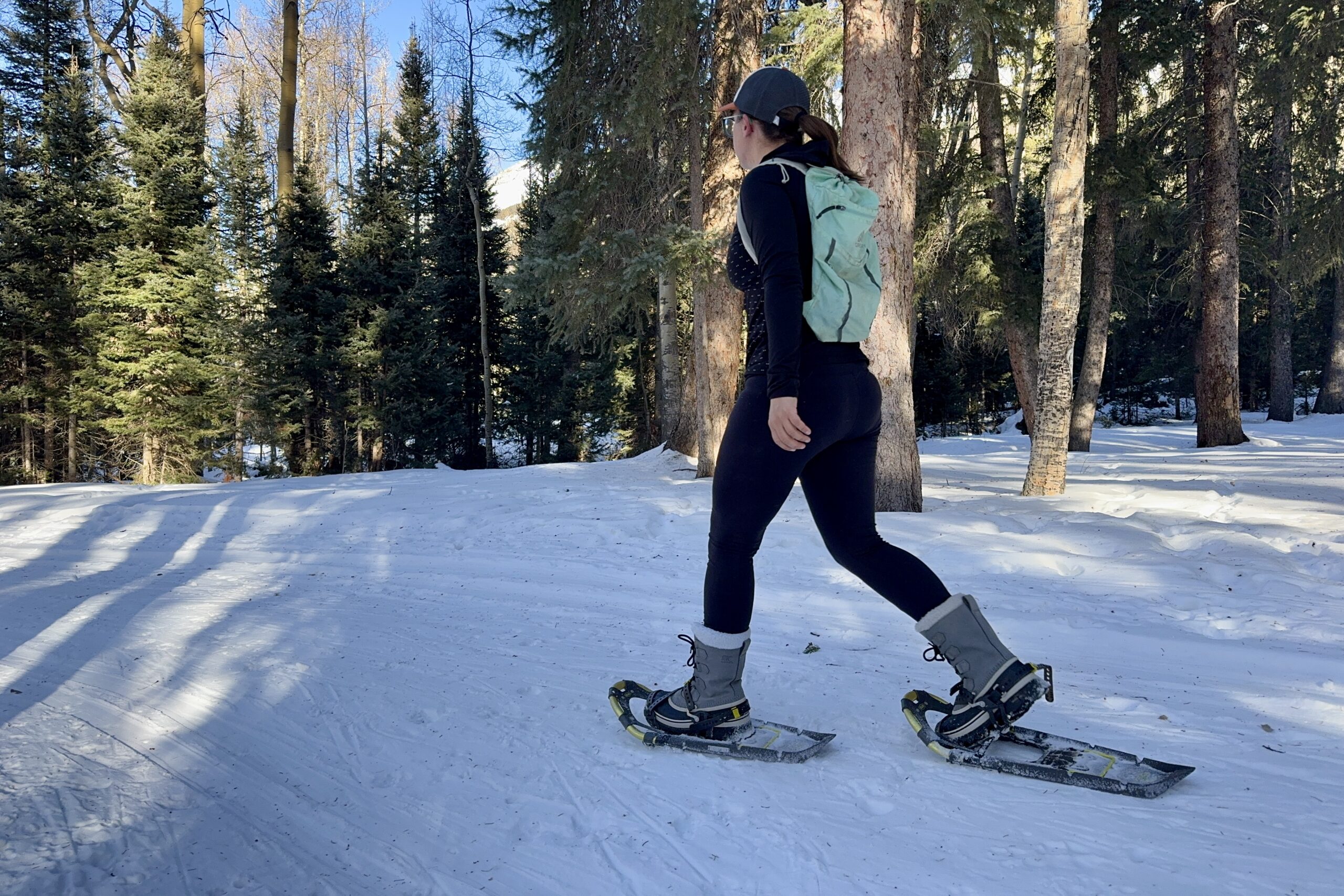
Bottom Line
When you hear the words “winter boots,” the Sorel Caribou probably comes to mind due to their numerous outstanding features. These well-known and beloved boots didn’t reach stardom by chance. We have been using them for years, primarily on days when fresh snow blankets the ground. They’re excellent for shoveling snow or walking through powder, thanks to their tall upper, fluffy snow cuff, and moderate amount of insulation. The chance of snow getting into the boot is minimal, and the materials are incredibly waterproof.
During the submersion test, they withstood sitting in several inches of water for over two hours without any signs of moisture afterward.In our experience, they can feel somewhat heavy and clunky to wear, especially if they’re not the right size. This can lead to some foot fatigue by the end of a long day. Nevertheless, we love these boots and believe they are worth the investment. After all, we have a pair that’s easily 20 years old and still performs like new.
How We Tested
We have been around Sorel Caribou boots for many, many years. These popular winter boots were a staple in our gear tester’s childhood home. Over the years, they have served for shoveling snow, walking dogs, and playing in the snow. To evaluate the latest version of these boots, we primarily used them for dry, cold early morning dog walks, in addition to wearing them to work in the office.
Quick Specs
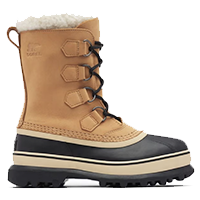
Sorel Caribou
Best Boot for Snow
CleverHiker Rating: 4.1/5.0
Price: $200
Weight: 3 lb. 6 oz.
Temperature Rating: -40°F
Insulation: 9 mm Recycled felt
Also Available In: Wool liner
Sizing: True to sizing
Pros
- Durable
- Waterproof
- Snow cuff to keep snow out of boot
- Removable felt inserts
Cons
- Expensive
- Heavy
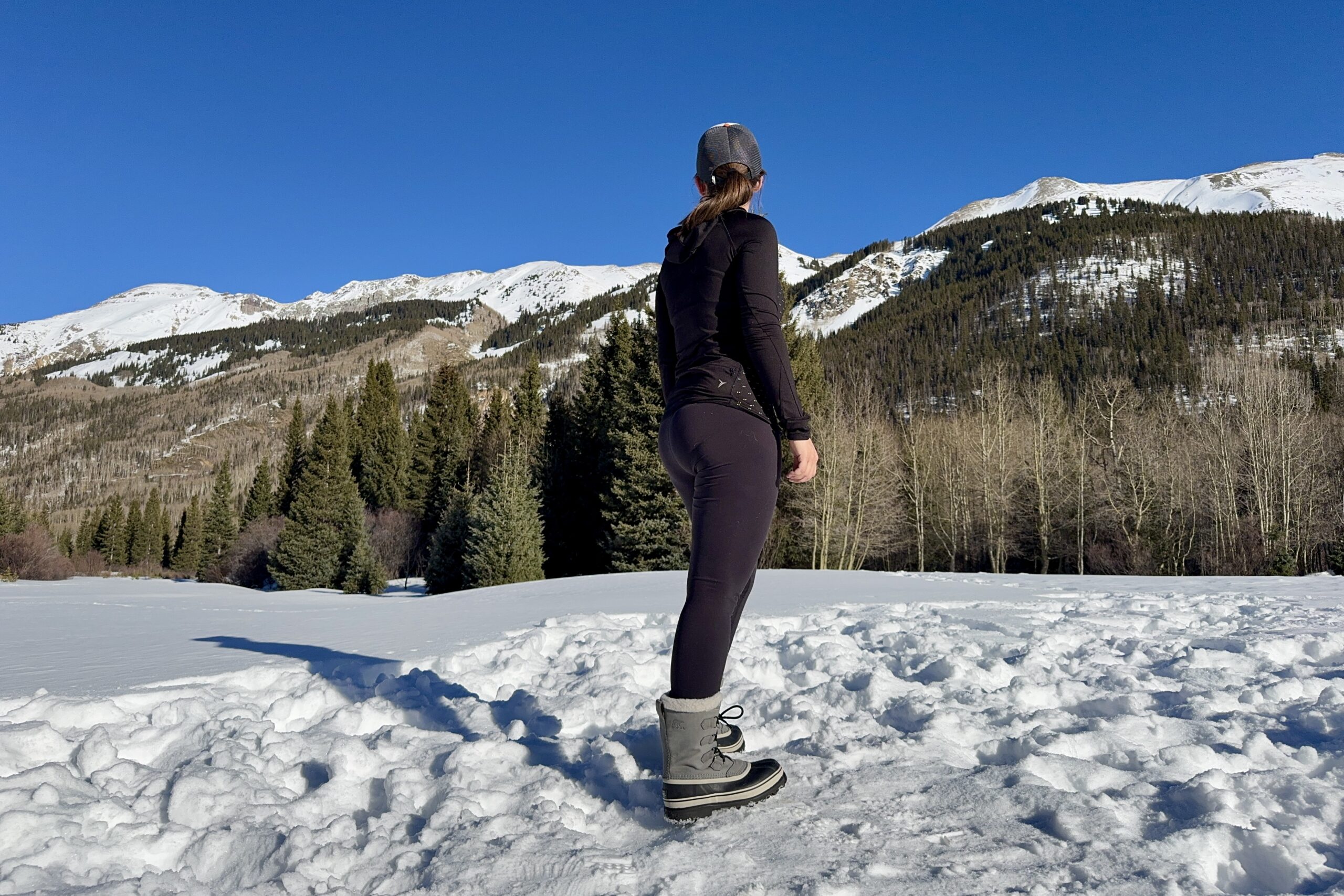
Weight
The Sorel Caribou is heavier than all the other boots we tested due to its height and robust sole. We placed one of these boots on a kitchen scale to compare the weights of all the boots in our lineup. A single Caribou boot weighed 31.6 ounces, or nearly two pounds, which is significantly heavier than the lightest boots on our list.
The downside of extra weight on the feet is that it increases the effort required for every step, which can become tiring and frustrating over time. In our experience with various versions of this boot, the fit greatly impacts the amount of effort needed to walk.
A well-fitting boot may be heavy, but its weight is less noticeable over the course of a day. Conversely, boots that are too large tend to shift more with each step, making them exhausting to walk in, especially over prolonged periods.
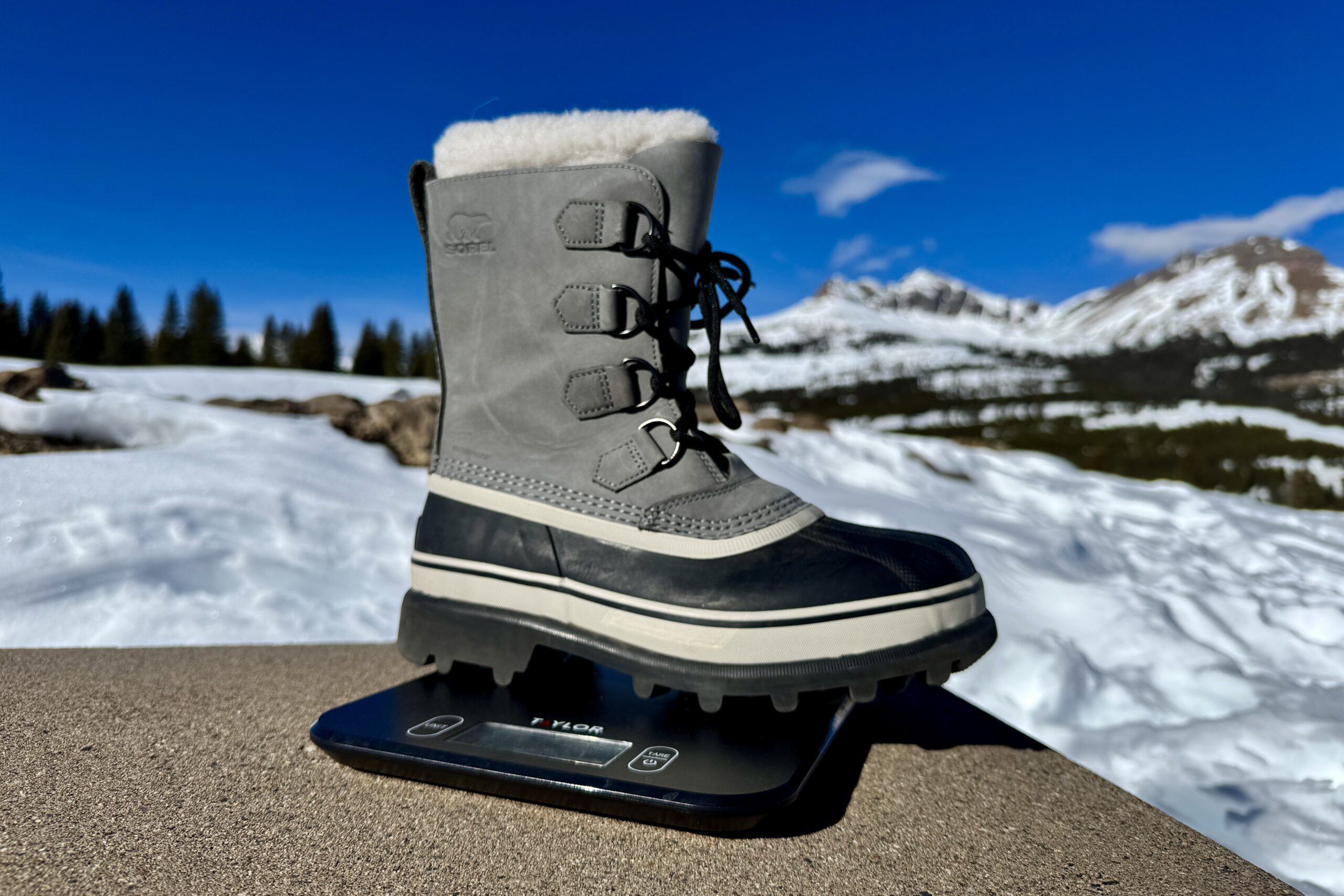
Water Resistance
We love how well the Caribou boots repel water; their rubber soles and leather uppers are impermeable to moisture. We submerged these boots in a few inches of water, along with all the other boots in our lineup. This allowed us to better compare the waterproofing quality of each model. After placing each boot in a bathtub filled with water, we put rocks in the shoes to keep them from floating, then checked for leakage every five minutes.
After two hours, we recorded the final results. The Sorel Caribou were completely dry at the end of the two hours. From our experience using these boots to shovel snow over the years, they do an excellent job of keeping feet dry. The only exception occurs if snow seeps into the boot from the top; then the felt liner melts and absorbs the moisture.
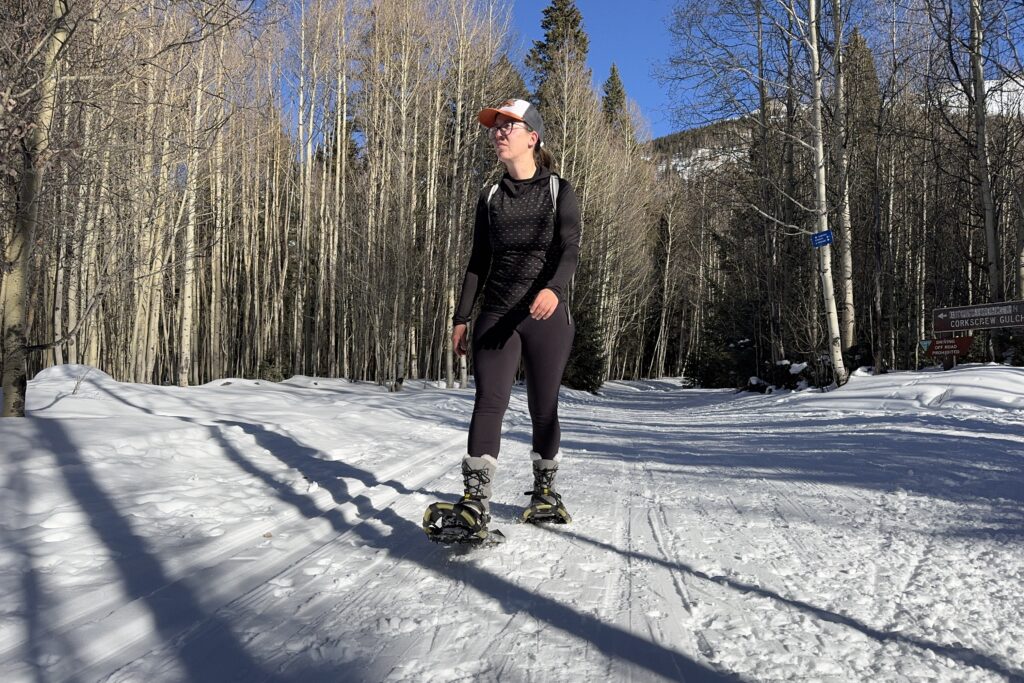
Warmth
We were somewhat disappointed with the Sorel’s performance during our warmth test, as it ranked near the bottom of the list. To assess warmth, we placed each pair of boots in a snowdrift and took temperature readings with a laser thermometer every five minutes for half an hour. The Sorel Caribou boots recorded a low temperature of 31.8°F.
We were surprised by their poor showing, given that our prior experience suggests these boots are quite warm in harsh weather. However, they offer little insulation beyond the rubber sole and felt liner. One advantage of sizing up with these boots is that you can wear thicker socks, which also adds warmth.
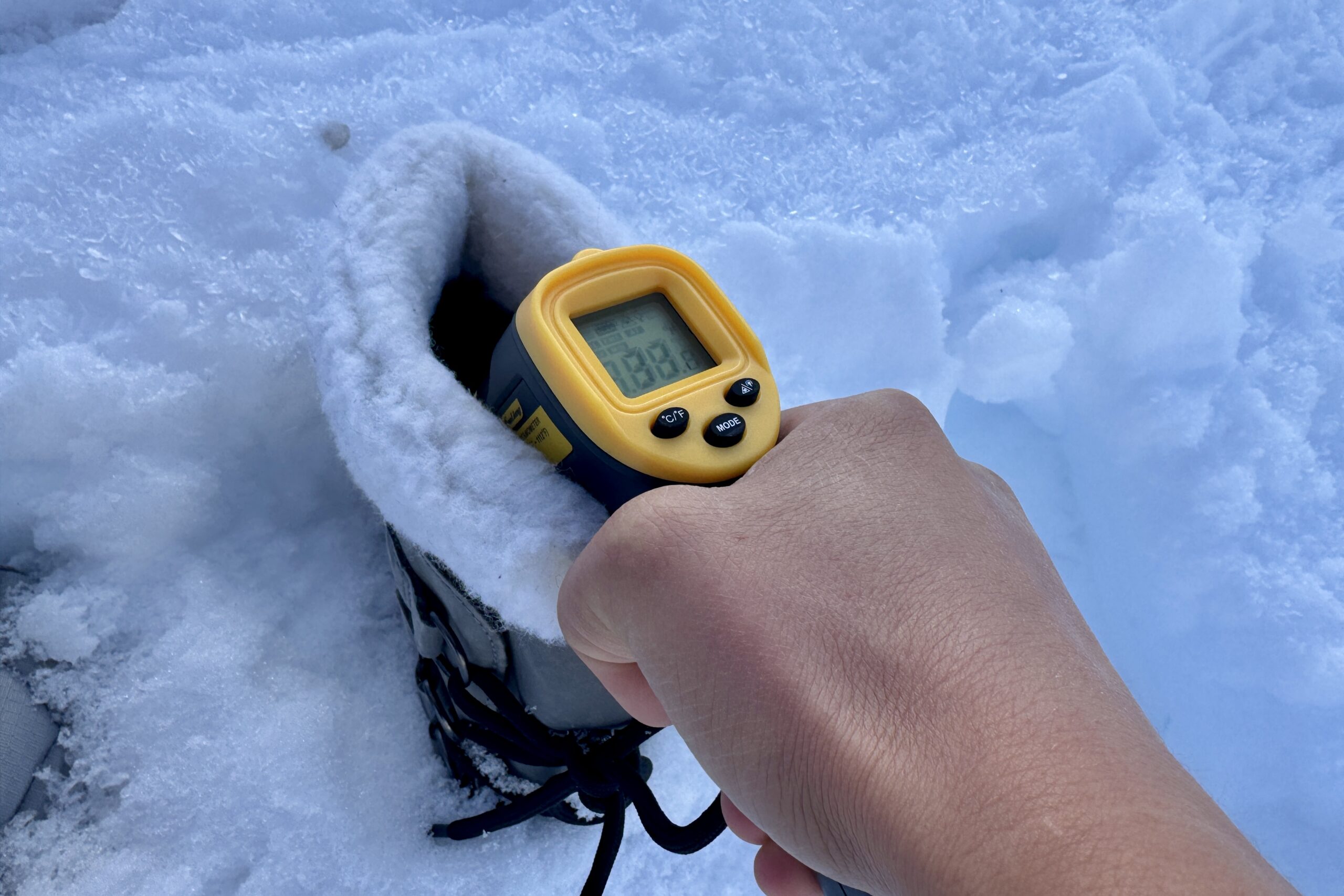
Comfort
These boots offer a respectable range of sizing and comfort adjustments, but their extra weight can lead to increased foot fatigue after a long day. When considering which boots provide the most comfort, we prioritized sizing options and adjustment features since we understand that comfort is subjective. The Caribou boots come in half sizes which makes it easier to find the best fit.
However, we wish there were a wide toe box option for greater customization. The laces also contribute to comfort as they can be adjusted for the desired tightness. Our main complaint is that the weight can make these boots uncomfortable to wear for extended periods. When we wore them to the office, our feet were more fatigued by day’s end than when wearing some of the others in our lineup.
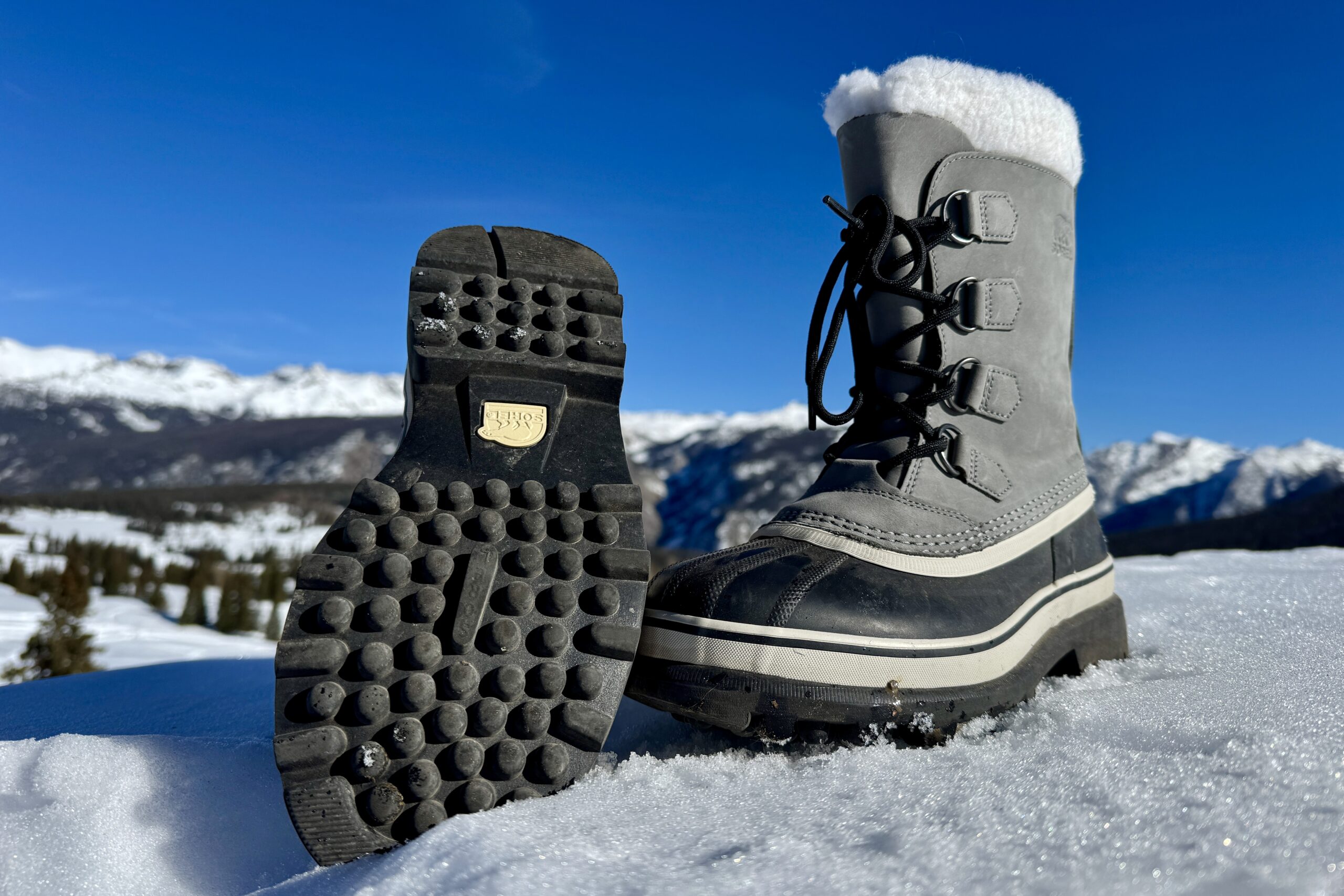
Traction
The Sorel Caribou boots have a moderate amount of traction, featuring beefier tread than most of the casual models we tested, but less robust soles than a dedicated hiking boot. We used a traction measurement device to perform side-by-side testing of the boots in our lineup. This device utilizes a lever arm and a protractor to determine the angle at which each pair loses traction.
The Caribou boots ranked slightly below average in this test. Additionally, we assessed the tread design and materials for our rankings. The Sorel boots have a significant height variation in the tread and numerous lugs. This is an improvement over more casual boots and enhances traction by increasing ground contact.
However, when compared to hiking-specific boots, the tread shape is relatively uniform, and the material lacks grip, resulting in traction that is distinctly average.
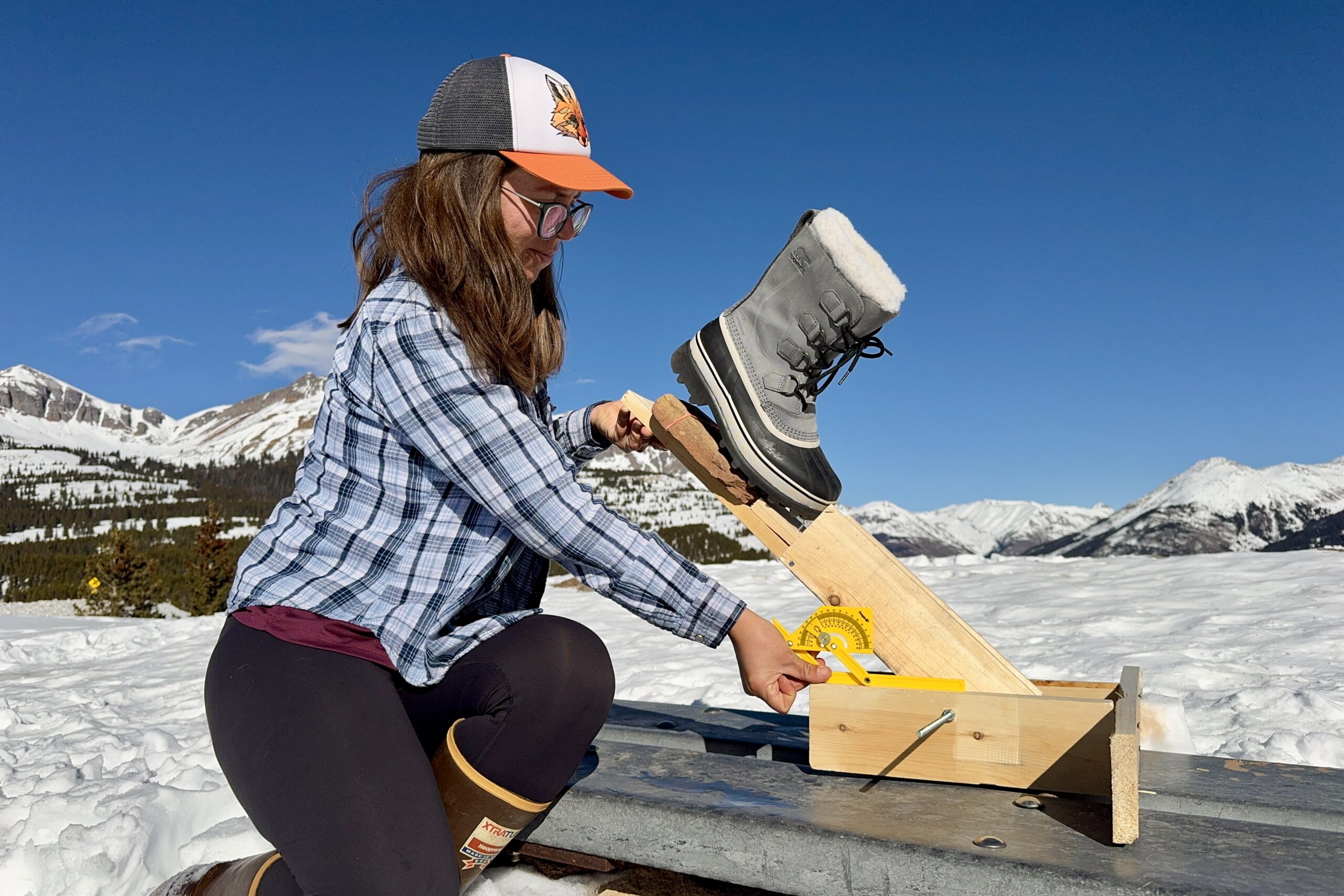
Should You Buy the Sorel Caribou Winter Boot?
For years, we have loved using the Sorel Caribou boots on snow days for shoveling snow, walking dogs, or having snowball fights. Thanks to their height, water resistance, and slip-on capabilities, they excel as the quintessential winter boot. While they can be used for other purposes, such as casual outings around town or hiking, they are not as suitable for these activities compared to some other models on the market. This is mainly due to their limited mobility and heavier weight.
What Other Women’s Winter Boots Should You Consider?
There are various winter boots for every situation, and we were able to test many of them. Below are a few similar options to the Sorel Caribou.
Bogs Neo Classic Tall Review: The Neo Classic Tall boots do not have the snow cuff that is found on the Caribou boots, but otherwise, there are many similarities. They both have tall uppers and great water resistance. The bogs typically feel a bit less clunky but have less adjustability features.
UGG Adirondack III Review: We like the Adirondack boots because in many ways they are a fluffier version of the Caribou. The design of the sole is similar and the uppers are also made from leather. They weigh a bit less, have more insulation, and the uppers can be rolled down. Unfortunately, they are also more expensive.
Bogs Arcata Snow Boot Review: We really like the Arcata boots, especially for daily activities that involve transitioning between the house and outside. They are incredibly easy to slip on thanks to the built-in handles. We also found the faux fur to be quite cosy. They don’t provide as much snow protection due to the shorter uppers, but the aggressive tread is a nice feature on these boots.
